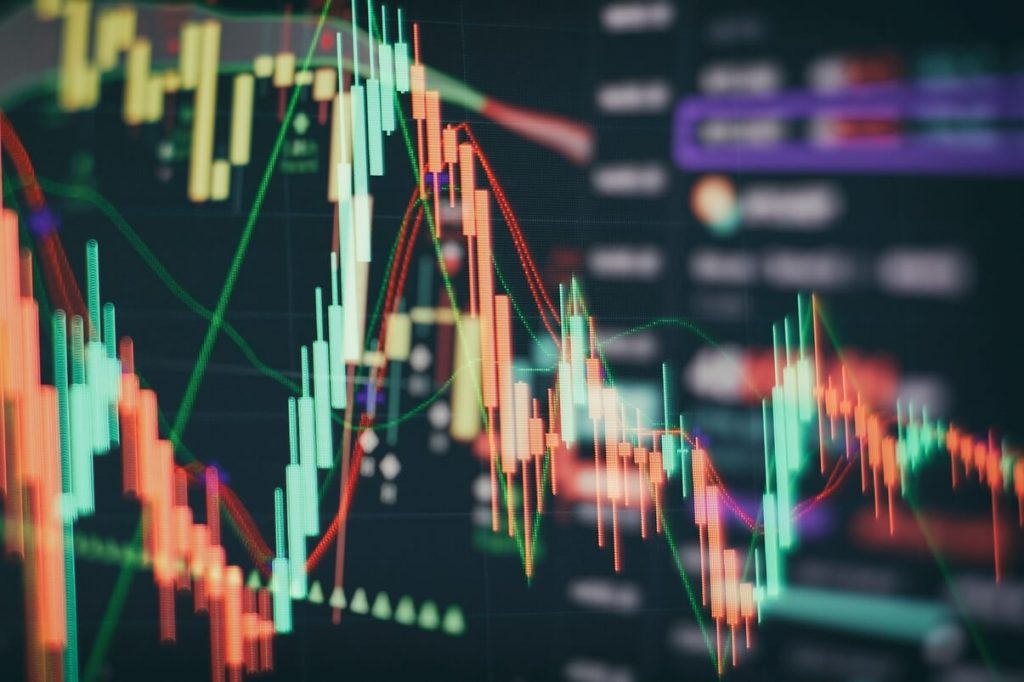Greater Market Share, New Products, Familiar Challenges

“It’s possible that volume on decentralized derivatives can exceed decentralized spot exchanges at some point.”DEXes are increasingly moving to layer-two solutions.”The concept of digitizing financial markets and how they can be reimagined along user-centric lines, is something people are still learning about.””Regulation will continue to be top of mind for DEXes globally.”
Debate continues to rage over just how decentralized crypto really is. While cryptoassets such as Bitcoin (BTC) operate with no obvious center, critics note that the overall market is far too reliant on a handful of centralized exchanges — Binance, Coinbase, and Kraken (to name a few) — for its liquidity and investment.
Well, crypto has in fact already provided a solution to this problem, in the form of decentralized exchanges (DEXes). These are effectively protocols for creating pools of assets that can be traded, and while they have remained relatively marginal in previous years, 2021 saw them gaining in importance.
According to industry figures speaking to Cryptonews.com, DEXes will continue to grow in 2022, fueled by the growth of competing blockchains and faster layer-two scaling solutions. And even if their centralized counterparts may remain dominant, they will continue to gain more market share, with rising demand for self-custody fueling their expansion.
From billions to trillions
“Trading volume on DEXes has been on the rise since DeFi summer in 2020,” said Timo Lehes, Co-founder of Swarm Markets, a DeFi protocol.
He notes that trading volume on DEXes reached roughly USD 1.1trn in 2021. Uniswap (v3), for instance, currently posts 24-hour volumes of around USD 2.6bn, while Pancakeswap registers nearly USD 800m, per CoinGecko data.
And for Lehes, such volumes are “only set to increase as people enjoy the benefits of DeFi innovation and search for yield.”
He’s not alone in predicting continued growth, with JHL — a pseudonymous contributor to Solana (SOL)-based DEX Serum — expecting DEXes to continue capturing market share from centralized exchanges.
“One of the key drivers is the launch of more DeFi derivatives protocols on fast, cheap blockchains,” he told Cryptonews.com.
“We see strong volume growth from decentralized derivatives in 2022, and believe it’s possible that volume on decentralized derivatives can exceed decentralized spot exchanges at some point, just like we see on centralized exchanges.”
JHL points to the launch of several new DEXes and decentralized trading protocols on Solana, including PsyOptions and Zeta Markets.
“Zeta Markets is building an under-collateralized derivative platform for options and futures […] These protocols provide the essential building blocks for a robust futures and options ecosystem to flourish,” he added.
SKALE Labs CEO Jack O’Holleran is also bullish about DEXes, predicting that “We’ll soon start seeing DEXes take over market share from centralized exchanges.” And for observers and industry participants, this is because they offer a number of advantages over centralized alternatives, including sovereignty, choice and cost-effectiveness.
“DeFi infrastructure gives investors and traders full control over their assets at all times because of features like self-custody. Digitizing assets creates opportunities to collateralise anything, creating greater breadth in global financial markets and allowing for greater fluidity and optionality,” said Timo Lehes.
He adds that DEXes are increasingly moving to layer-two solutions such as Polygon, making it cheaper to trade for regular investors, something which will help scale transaction volume across DeFi.
User-friendliness, new products
Given that DEXes are expected to witness increased interest this year, one other trend will see them working on improving their usability, so that they can effectively answer growing demand.
“DEXes are currently too complicated and expensive for everyday users. The rise of custodial wallets, fiat-on ramps, and zero-gas transactions will bring the power of decentralized finance to billions of people in the next 5 years,” said Jack O’Holleran.
However, for Timo Lehes, DEXes and other DeFi platforms have already gone a long way towards making themselves user-friendly, so 2022 will be more about consolidation in the area of user experience than revolution. That said, it will require an increase in education in order to familiarize more casual users with the underlining principles and services.
“Most DeFi platform [user interfaces] are easy to navigate but the concept of digitizing financial markets and how they can be reimagined along user-centric lines, is something people are still learning about. Social media and independent groups are doing a great job to help close the knowledge gap so more people feel comfortable using DeFi,” he told Cryptonews.com.
One way wider familiarity will increase is by DEXes and other decentralized platforms moving more traditional products, such as securities, on-chain.
“Going forward, [traditional finance] and DeFi will seamlessly integrate into ‘Fi’. We know we will have achieved our goal to integrate traditional finance with the DeFi ecosystem, when people will access financial products and services without even realizing they are on the blockchain,” Lehes added.
Serum’s JHL also expects DEXes to introduce smoother fiat onboarding in the coming year, including products such as FTX Pay. “By enabling credit cards or debit cards on these crypto wallets more individuals can onboard to the general DeFi ecosystem,” he said.
Challenges: regulation and cybersecurity
There’s also little doubt that one other thing DEXes will see more of this year is regulation. However, most participants are sanguine that regulators will take a balanced approach and that platforms will acclimate themselves well to any new regimes.
“Regulation will continue to be top of mind for DEXes globally. While we cannot predict regulatory changes, we see as more institutional investors come into the DeFi space, more DEXes will look into offering permissioned (KYC’d [know-your-customer] or KYB’d [know-your-business]) products to attract more institutional capital,” said JHL.
While SKALE Labs’ Jack O’Holleran suggests that we don’t really know what exactly DEX-encompassing regulation will look like, Timo Lehes cites the case of Germany as an example of how regulators can take a balanced approach.
“Germany is an excellent example of how you can regulate DeFi,” he said. “The forward-leaning regulator has brought cryptoassets in line with existing securities laws in the amendment to the German Banking Act in 2020.”
Lehes also explains that, as an example of a DeFi protocol with automated market maker liquidity, in Germany, Swarm Markets has applied BaFin’s regulations to a decentralized financial model, combining the innovation of DeFi with familiar laws.
“Regulation, if done properly, can expand the DeFi sector both in terms of assets available and participants to trade with. The industry can only continue to grow and mature if we properly address issues around KYC, [anti-money laundering], and investor protections,” he added.
One other issue that may remain a trend for DEXes, however, is that of cybersecurity and hacks. For example, decentralized trading platform Poly Network suffered an infamous USD 600m hack in August, while the DeFi sector has seen too many hacks to mention over the past year.
As DEXes grow in size and resources, users might find that their stability and security gradually improves, although we may still witness new exploits this year. However, this doesn’t mean that centralized exchanges are safe, as multiple hacks showed (but at least you can expect to be reimbursed). ___Learn more: – Layer 2 in 2022: Get Ready for Rollups, Bridges, New Apps, Life With Ethereum 2.0, and Layer 3 – Crypto Tax Trends in 2022: Increased Reporting, Updated Rules, and a Wealth Tax Debate
– Metaverse Trends in 2022: Prepare for More Gaming and New Virtual Experiences with NFTs- Bitcoin & Crypto Mining in 2022: New Locations, Technologies, and Bigger Players
– CBDCs in 2022: New Trials and Competition with Crypto- NFTs in 2022: From Word of the Year to Mainstream Adoption & New Use Cases
– Bitcoin and Ethereum Price Predictions for 2022- Crypto Adoption in 2022: What to Expect?
– 2022 Crypto Regulation Trends: Focus on DeFi, Stablecoins, NFTs, and More- DeFi Trends in 2022: Growing Interest, Regulation & New Roles for DAOs, DEXes, NFTs, and Gaming
– Crypto Security in 2022: Prepare for More DeFi Hacks, Exchange Outages, and Noob Mistakes – How Global Economy Might Affect Bitcoin, Ethereum, and Crypto in 2022
– Crypto Exchanges in 2022: More Services, More Compliance, and Competition- Crypto Investment Trends in 2022: Brace for More Institutions and Meme Manias
Find more predictions for 2022 here.















